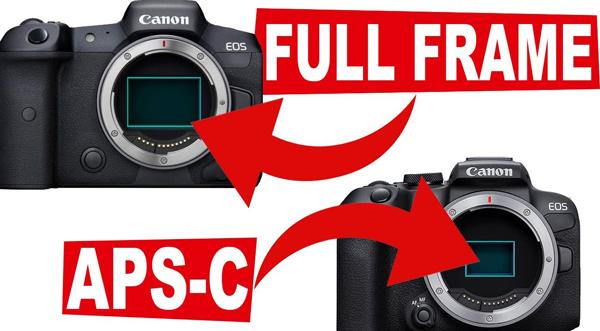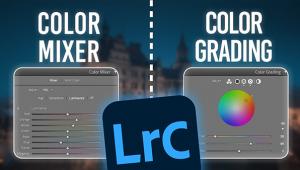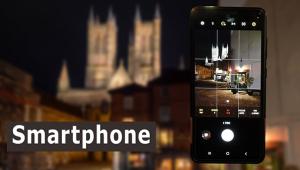Camera Basics: APS-C or Full-Frame: What’s BEST for You? (VIDEO)

Camera sensor sizes can be confusing for the uninitiated because of the various options available. Pros and enthusiasts typically use cameras with either full-frame, APS-C, or 4/3 sensors. But there are a number of smaller options too, usually found in compact cameras, super-zoom models, and even our phones.
If you’re contemplating purchasing your first “real” digital camera, or are about to upgrade one you already own, the quick tutorial below is a must see. And you may be surprised to learn that bigger isn’t always better, depending upon your needs and style of shooting.
There are a variety of important considerations to ponder before pulling the trigger. Do you typically shoot with wide-angle and “normal” lenses, or are long telephotos your thing? Is daytime when you usually shoot, or is low-light photography with high ISOs something you do often.

How about the speed of your computer and the volume of your storage capabilities? When upgrading it’s also important to take stock or your lens arsenal and determine whether they’re compatible with the next camera you buy. And because full-frame models tend to be more expensive than their APS-C cousins, cost may factor into the equation too.
While watching this quick explainer from the Photo Genius YouTube channel, you’ll find yourself addressing these questions and many more. Instructor Paul Farris is based in Brisbane, Australia, and he’s been teaching photo workshops for over 14 years.
In this episode he takes a look at the two most popular sensor sizes for avid photographers; namely, APS-C and Full frame. After watching the eight-minute lesson you’ll be well prepared for making an informed decision when purchasing your next camera.

There’s much more to see and learn on Farris’ YouTube channel, so pay a visit and subscribe.
And on a related note, be sure to check out an earlier tutorial we posted, explaining how to improve image quality with whatever camera you use.
- Log in or register to post comments













































